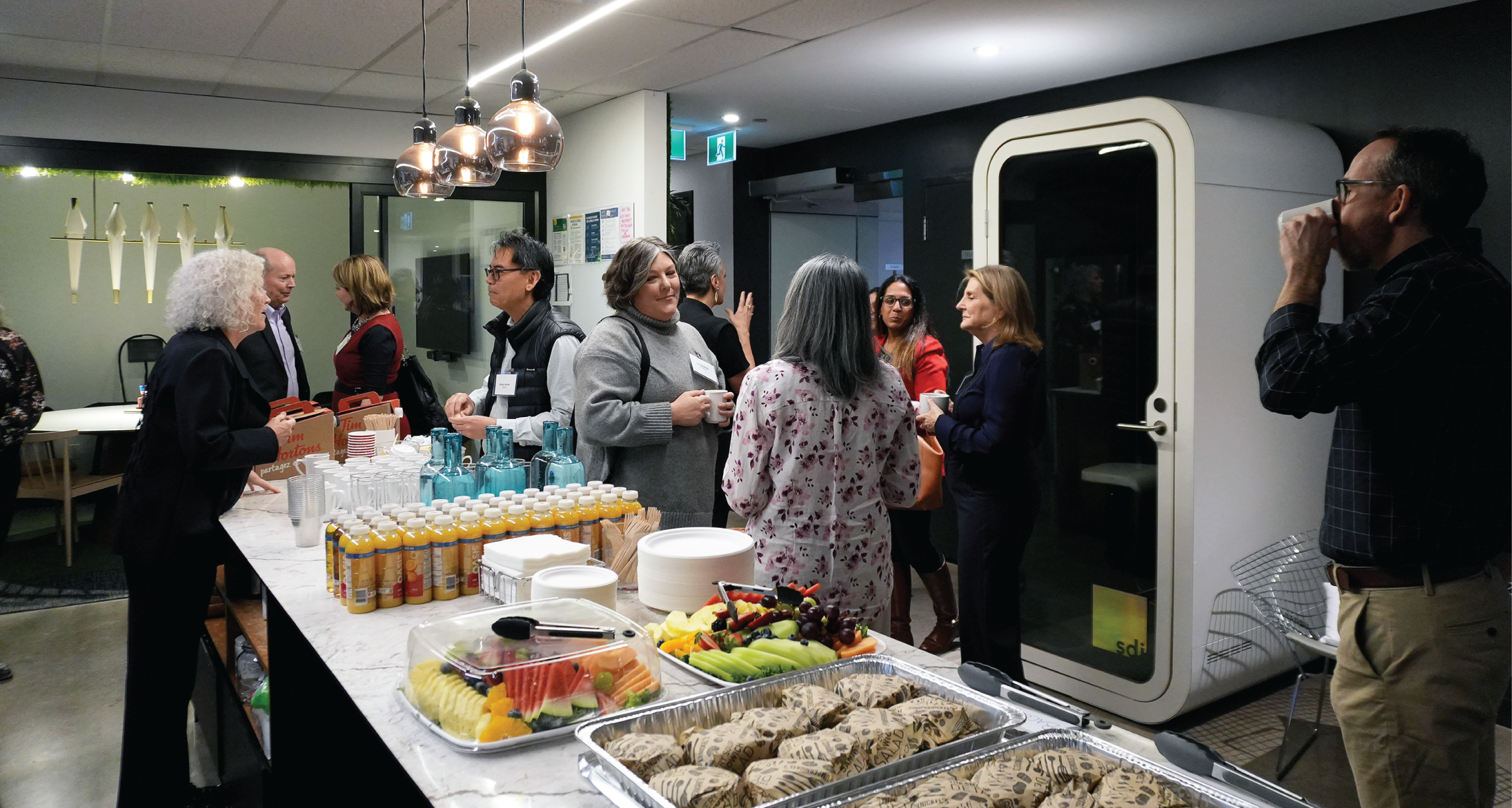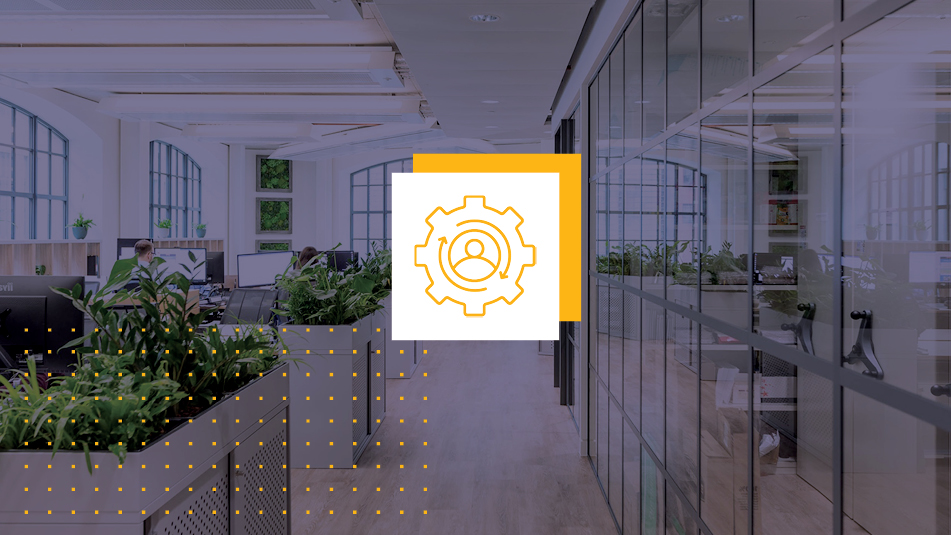Throughout the pandemic, many people found themselves working from the kitchen table, the basement or the guest bedroom. But more importantly, much of the workforce found the work-from-home or remote experience to be a success. This has led many organizations to wonder if it’s worth returning to the traditional office space. But while working from home has helped to bridge the gap during the global pandemic, there’s an important component of professional success that seems to have gotten lost in the shuffle of remote work: innovation.
Preventing “Innovation Drought”
According to a recent Paper Giant/Atlassian study, a potential “innovation drought” is a very real threat for distributed workforces. Because organizations rely on the innovation and collaboration of working in person, the need for personal interaction has been one of the driving factors to get employees back to the office as soon as possible. At the moment, 31% of people are spending less time talking informally with colleagues, the Atlassian study found. While organizations now realize their employees can be productive working remotely, the lockdown period has seen the loss of casual interactions and impromptu white-boarding sessions that make face-to-face collaboration a vital component of problem solving and employee culture.
Bridging the Gap with Technology
While the reality of implementing a distributed workforce strategy is reliant on reentry timelines, many are asking what can be done to level the playing field between onsite and remote employees. One answer is technology. Gone are the days when a tech-enabled meeting room meant an intercom telephone for people to dial in for a conference call. Now, it’s hard to imagine a meeting where you wouldn’t see someone’s face over the computer screen. The landscape of workplace technology is evolving as fast as social media feeds load new content. Digital collaboration tools have been developed to recreate the experience of in-person collaboration, no matter if you are in the room or not. It’s this emphasis on technology that organizations will continue to rely on as they navigate the hybrid workplace.
An Employee Engagement Push
In the new working world, employee engagement takes many different shapes. However, it still proves to be a necessary component of the working experience. No longer can companies host bonding events in the community kitchen. Instead, these events need to be digitally available for everyone to tune in. This means what used to be a quick chat at the coffee machine now must be coupled with a 15-minute check-in with a remote employee. Training sessions that normally take place in a dedicated training room must be developed on an accessible online platform. Traditional team-building employee perks like snacks, workout classes and meditation areas should be offered as resources to those at home so everyone can participate.
While the way we work remains in transition, one fact remains clear: There is no one-size-fits-all approach to successfully navigating the new ways of working. Instead, each organization will have to take a unique approach to accomplishing their goals and priorities. In this learning period, many organizations are taking advantage of the opportunity to look internally to determine what changes— both physical and organizational— are necessary to continue to be successful and competitive in a post-COVID world. With the help of Cresa’s seasoned advisors, any organization can find the best solution to ensure that the reentry process is a successful one.


